-
World Art Central Asia

-
Location

Showroom
Introduction
-
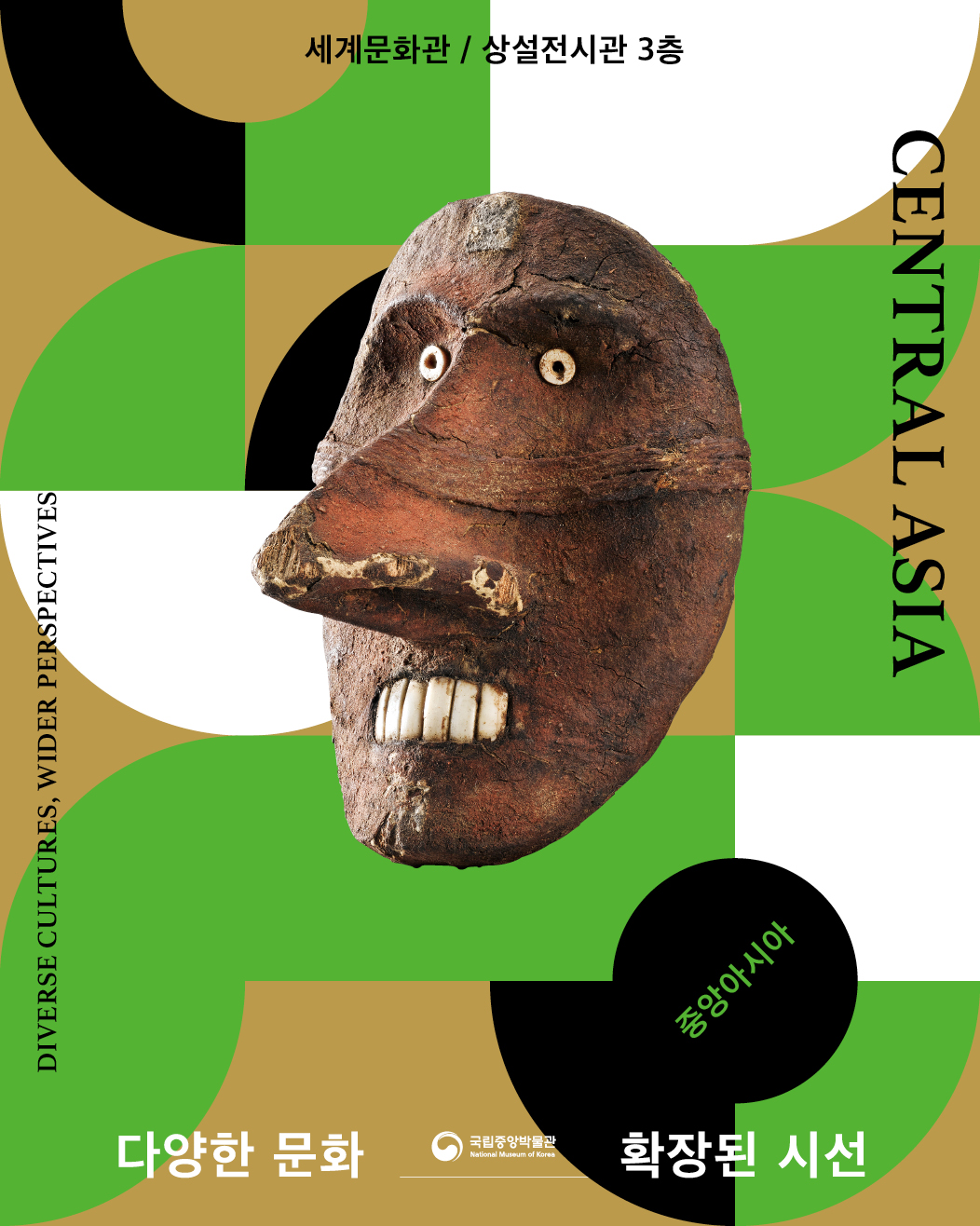
This gallery presents Central Asian culture from the perspective of East-West exchanges along the Silk Road. The items exhibited were mostly excavated from Xinjiang, China. In this highly arid region known for its deserts, highlands, and grasslands, organic materials such as paper, wood, and fabrics could be preserved in good condition for more than a thousand years. Around the late nineteenth and early twentieth century, imperialist explorers scoured this area for ancient treasures. Among them was an expedition team from Japan, known as the Otani Mission. Exploring various historical sites, they collected a large amount of cultural properties and part of them is now housed in the National Museum of Korea.- The gallery is divided into three sections. The first displays religious paintings and sculptures, the second presents items excavated from tombs and settlements, and the third introduces items found at the Astana Tombs in the Turpan region.
-
-
-
Location

-
- Children’s Museum
- NMK Magazine
- Museum Shop
-
Related Site
- Gyeongju National Museum
- Gwangju National Museum
- Jeonju National Museum
- Daegu National Museum
- Buyeo National Museum
- Gongju National Museum
- Jinju National Museum
- Cheongju National Museum
- Gimhae National Museum
- Jeju National Museum
- Chuncheon National Museum
- Naju National Museum
- Iksan National Museum
- Cultural Foundation of National Museum of Korea
- Friends of National Museum of Korea
- The Korean Museum Association
- Language
World Art
The south exhibition space is dedicated to the presentation of Asian art and culture. It consists of six galleries, each of which deals with India-Southeast Asia, Central Asia, China, Japan, and ancient Greece and Rome.






 X
X  Facebook
Facebook 
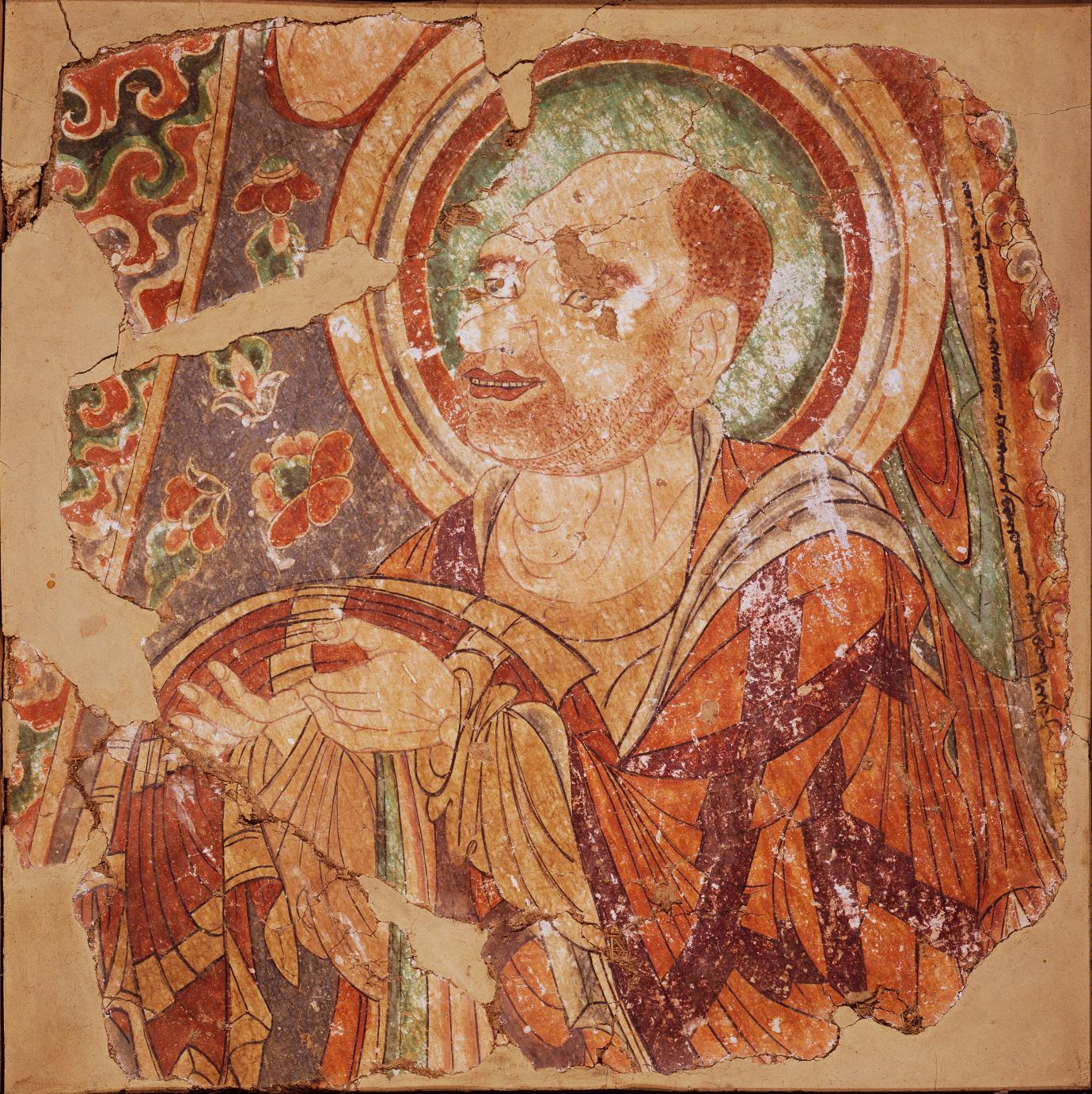

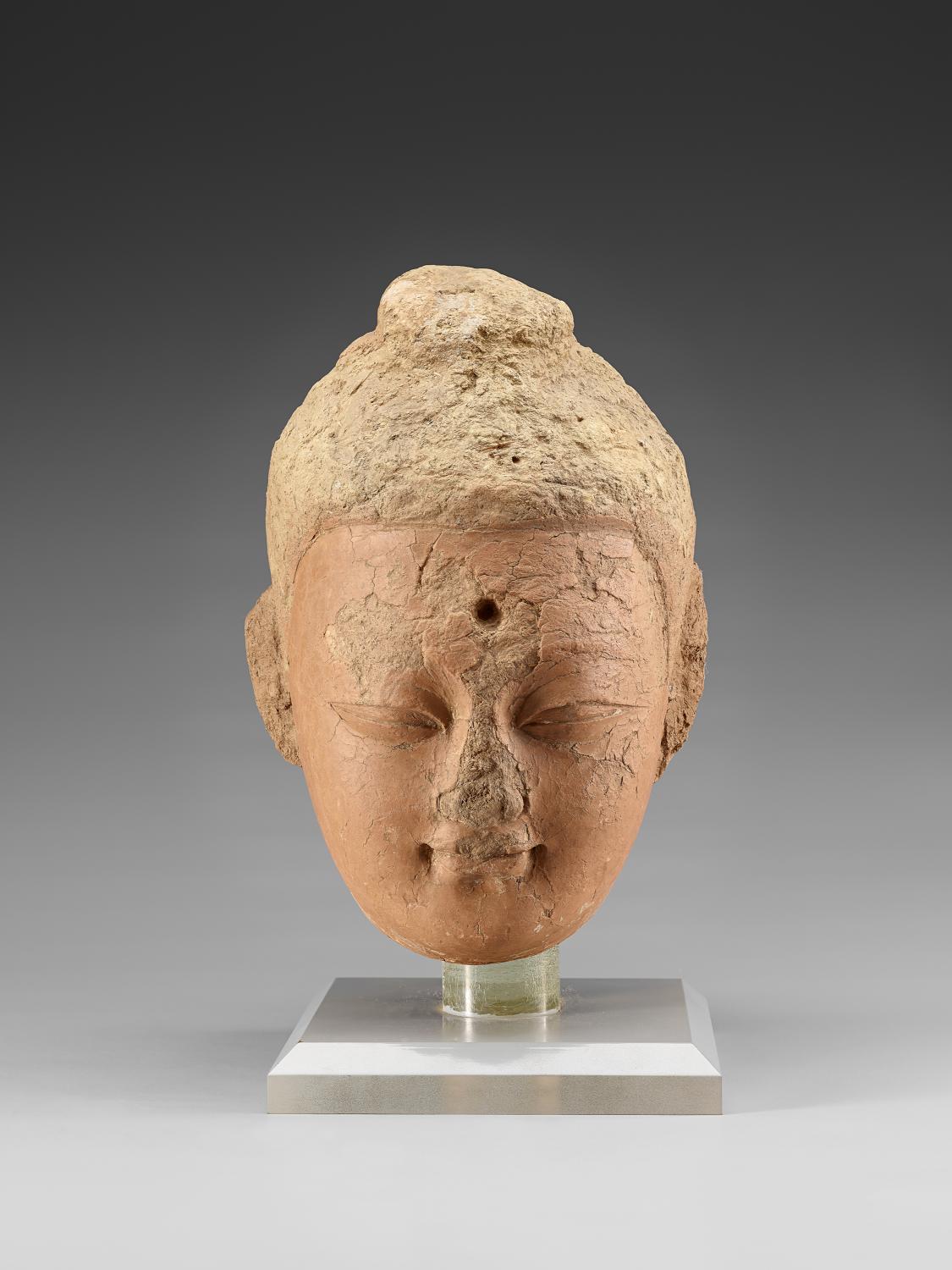
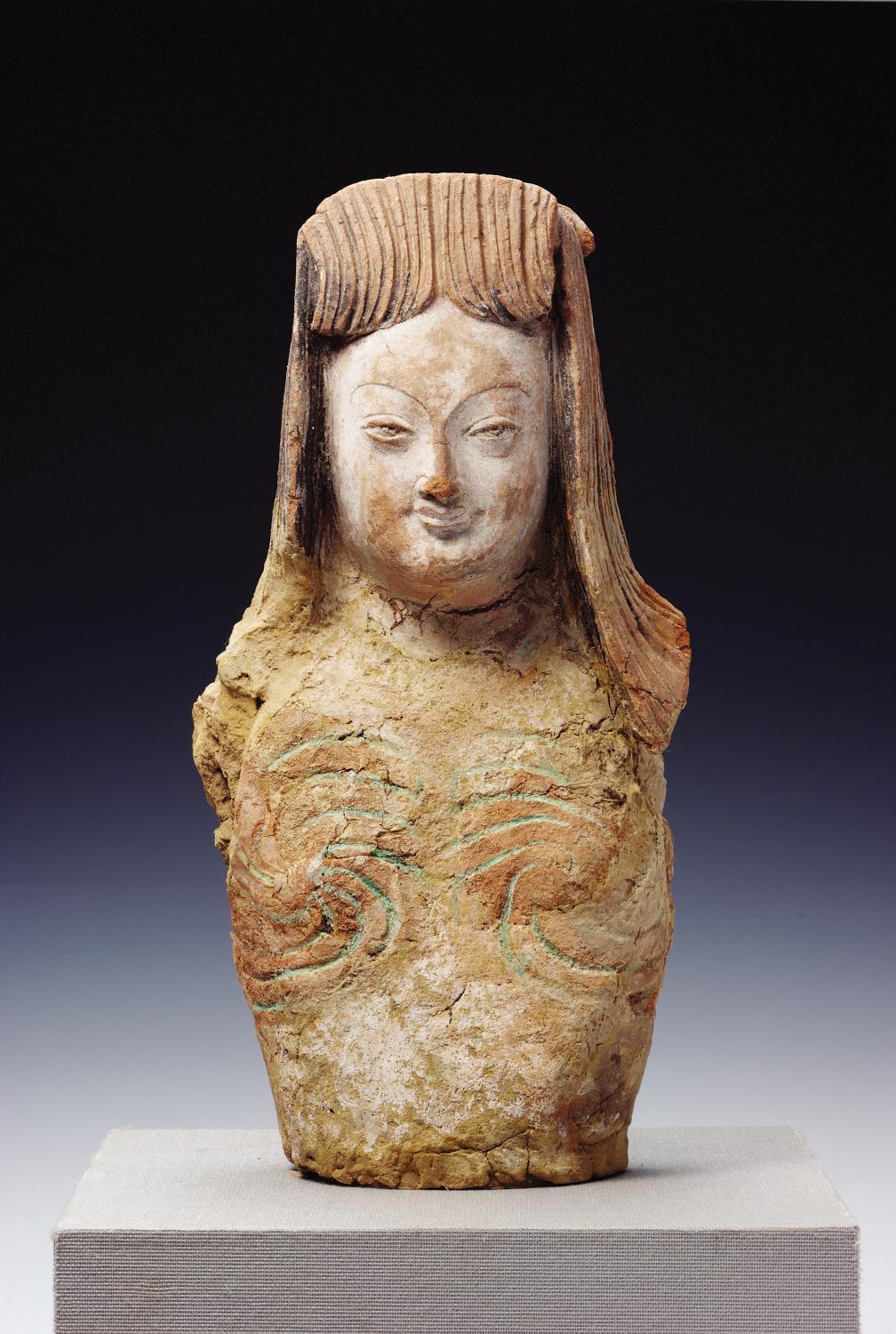
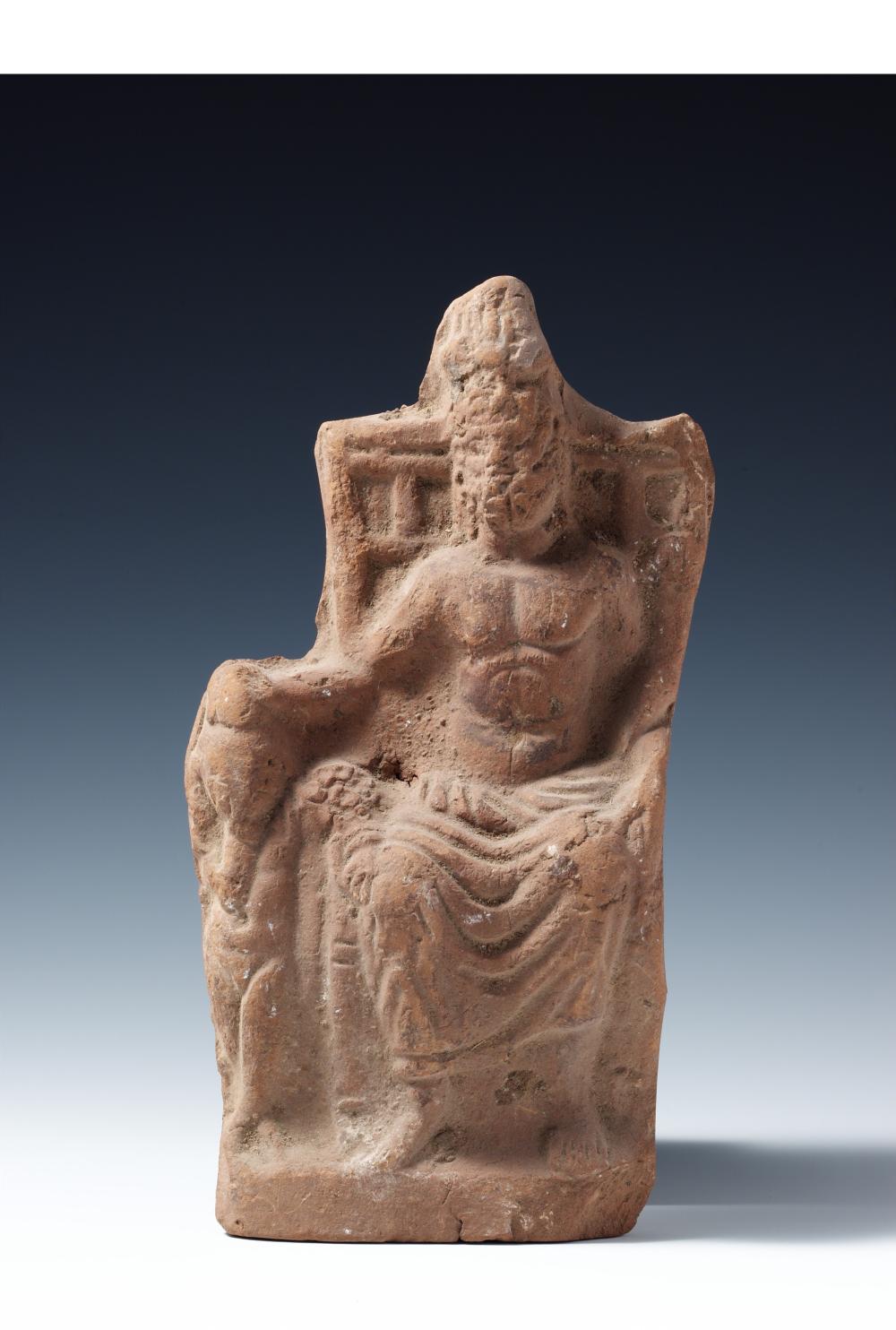
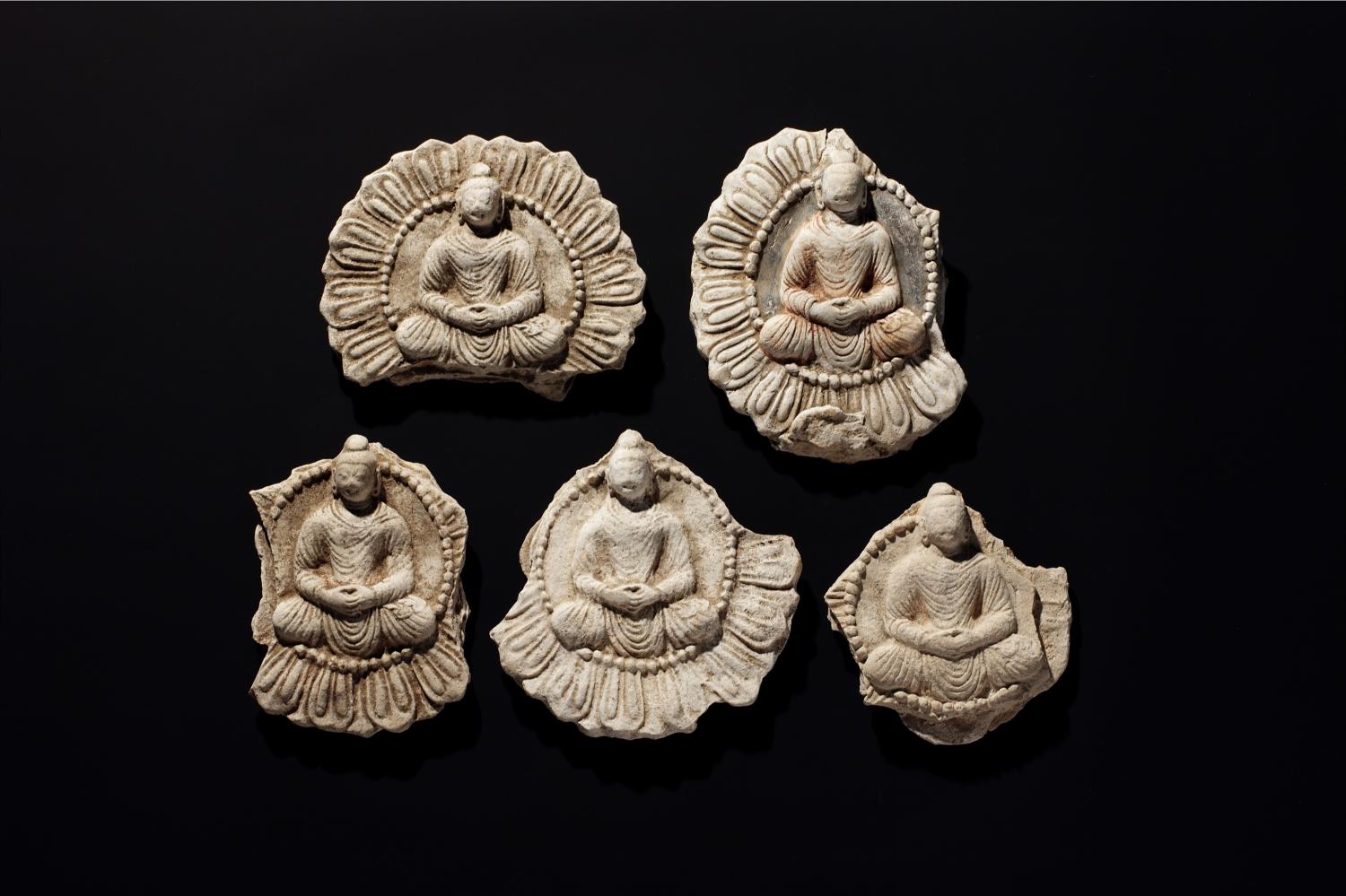
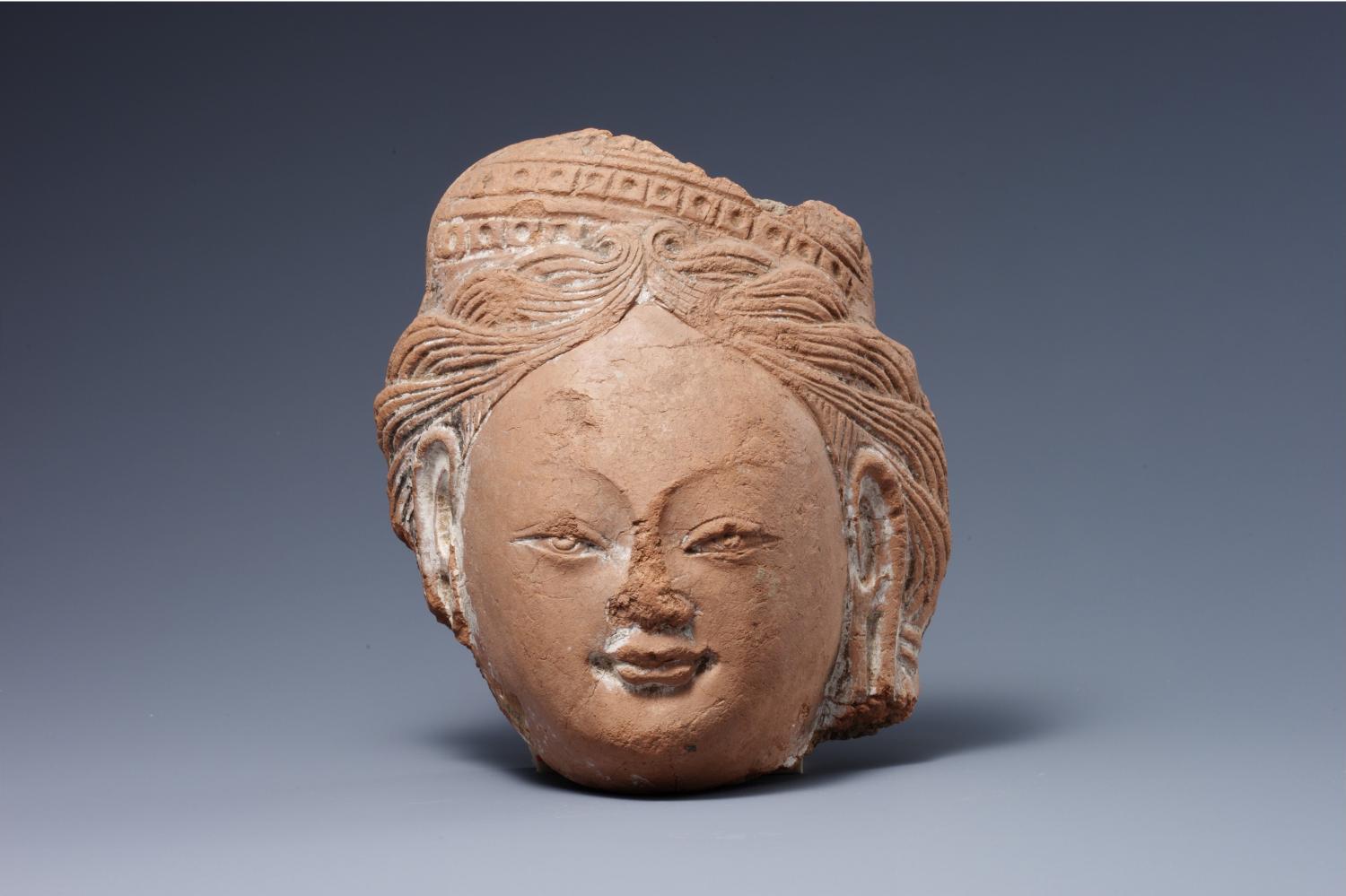
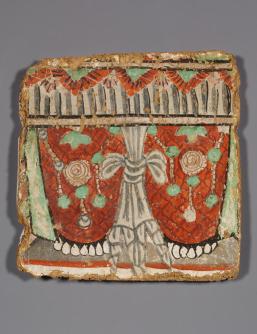
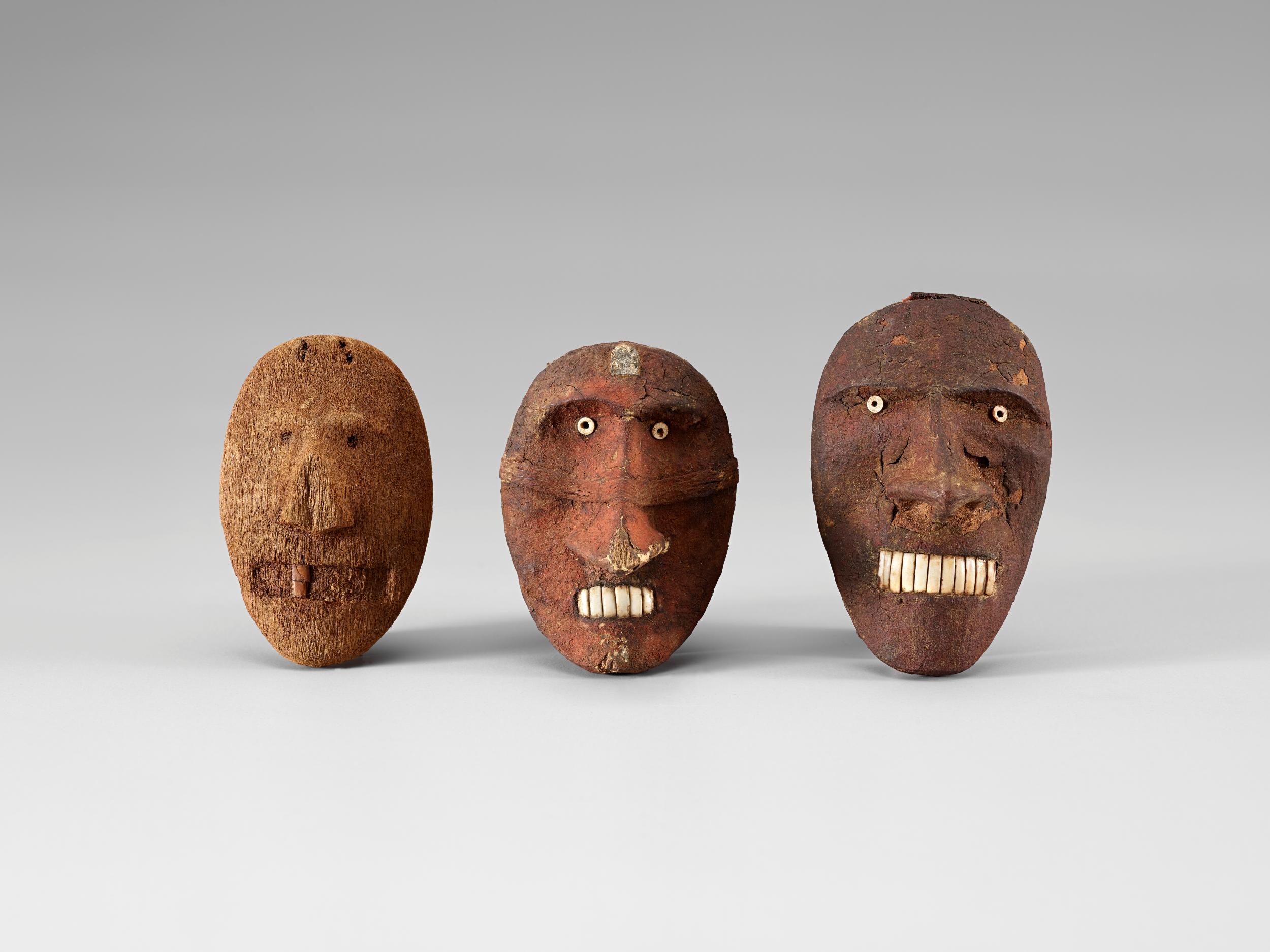
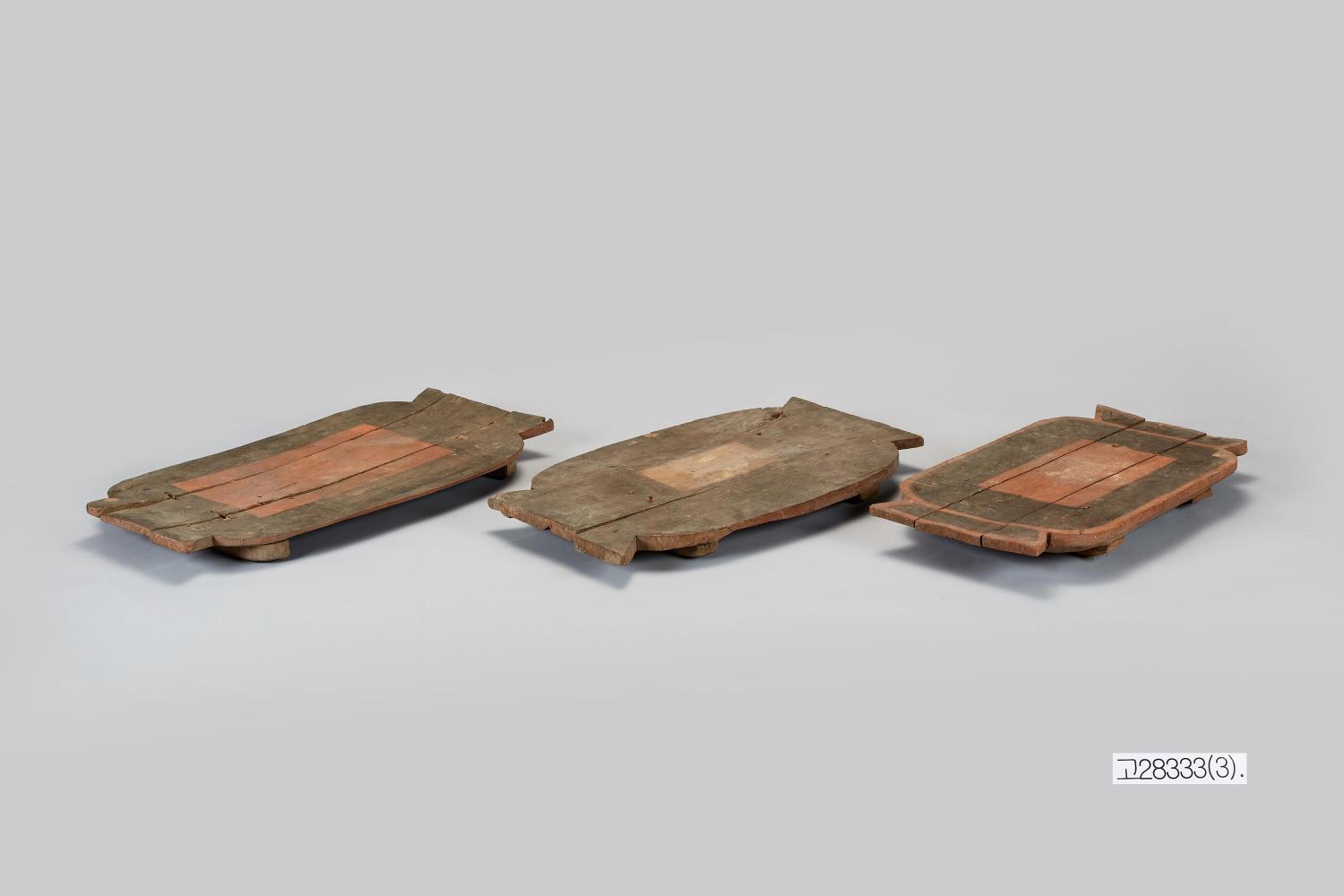
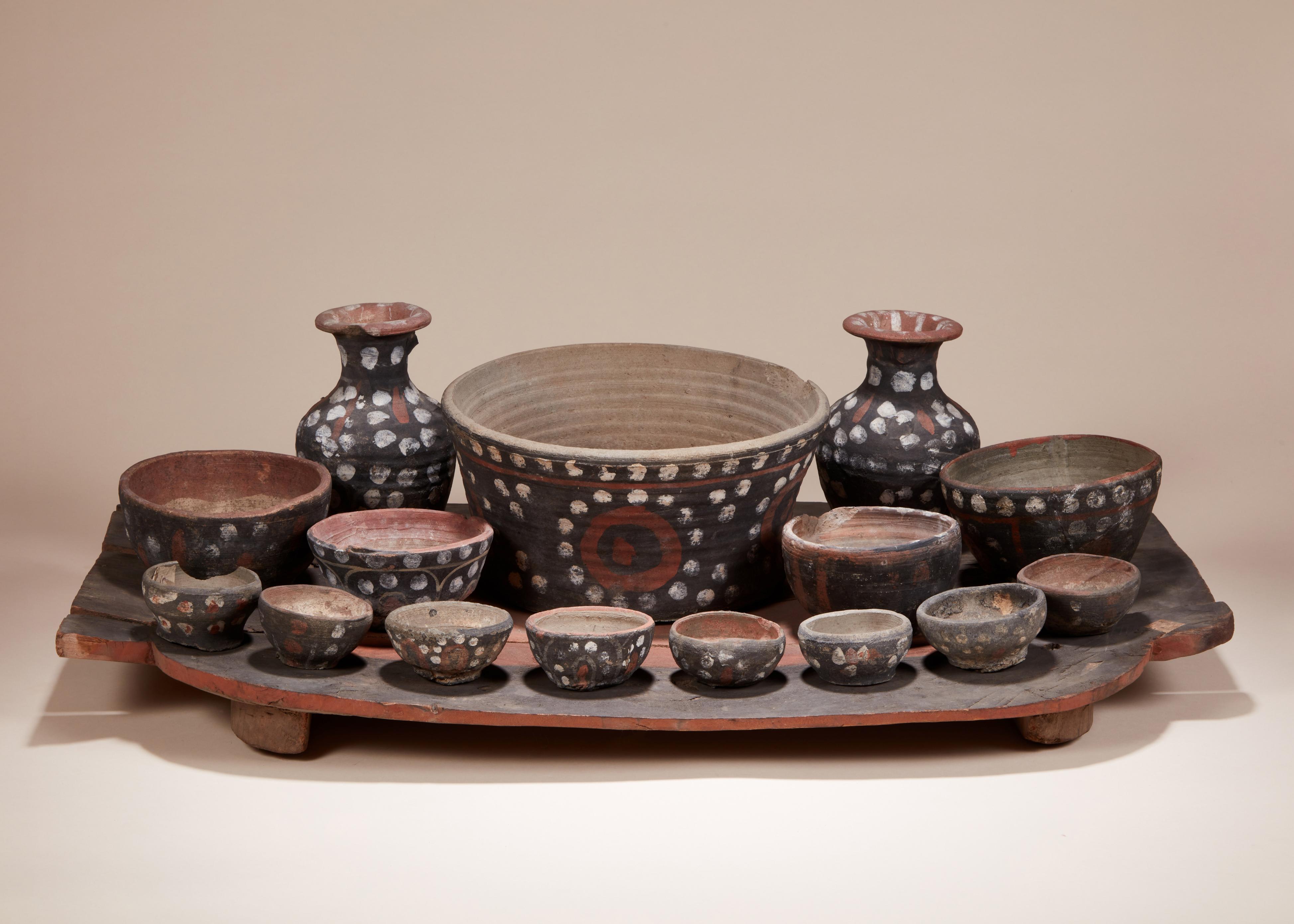
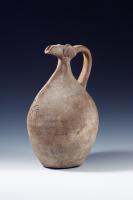
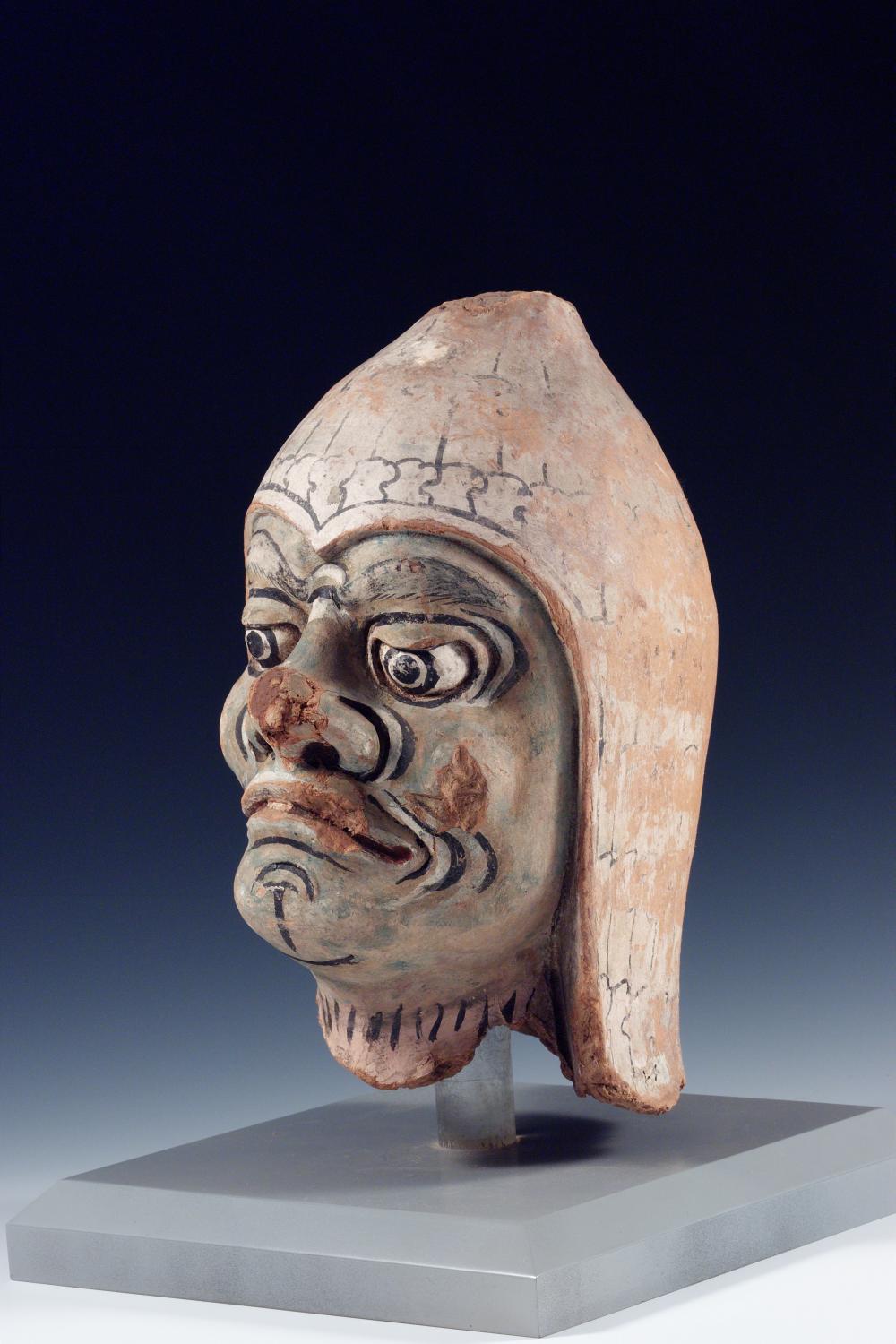
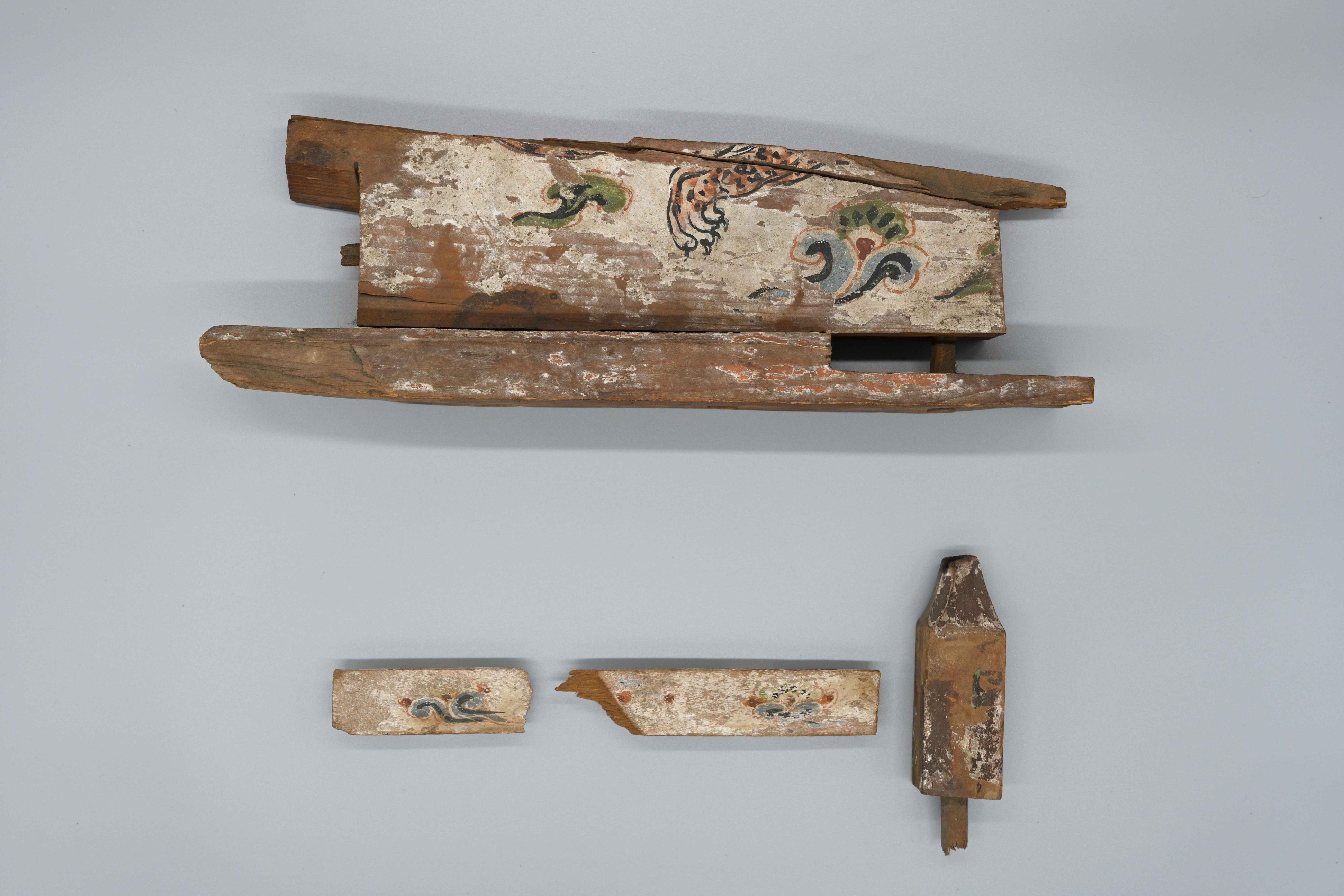
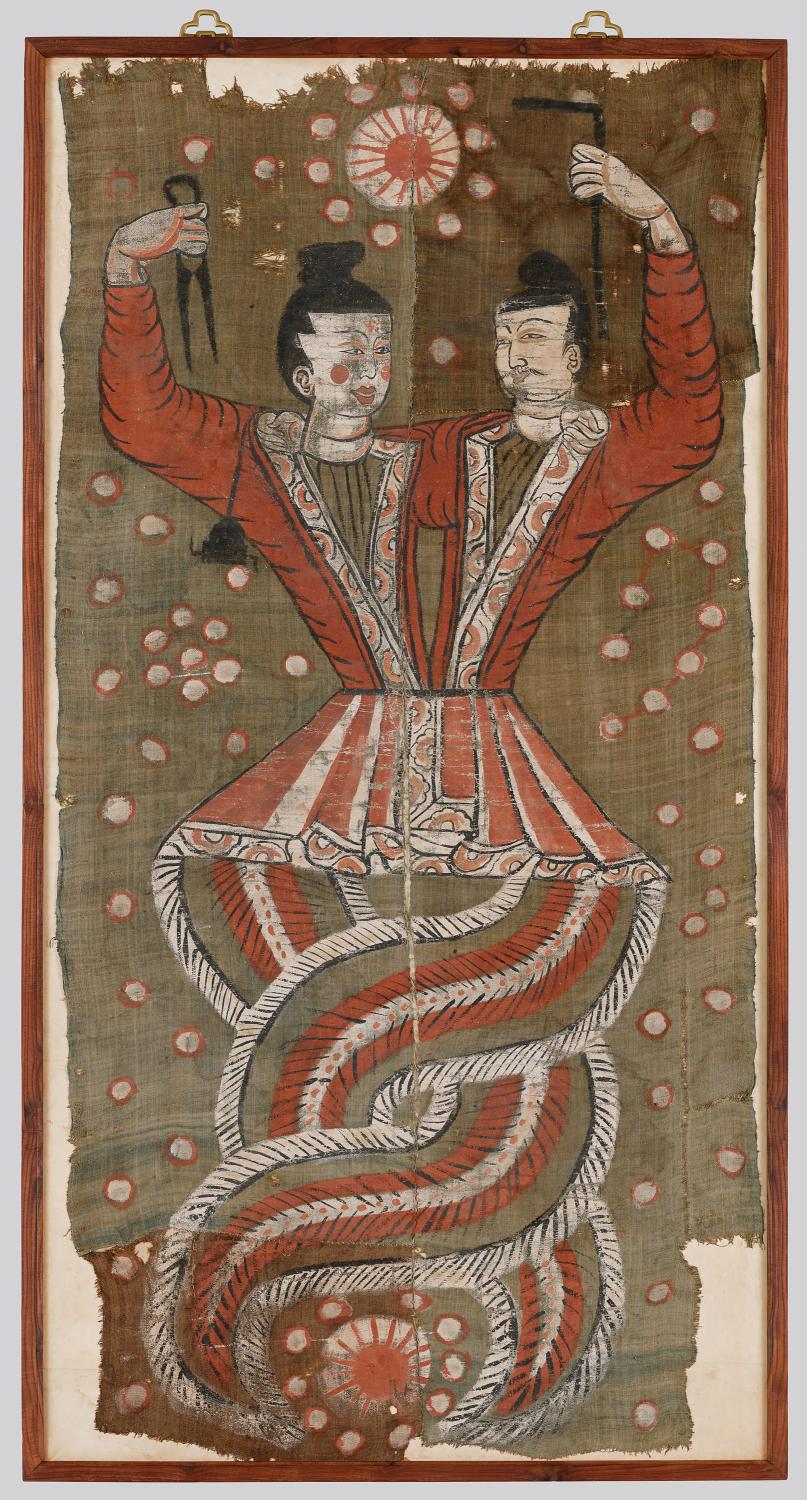
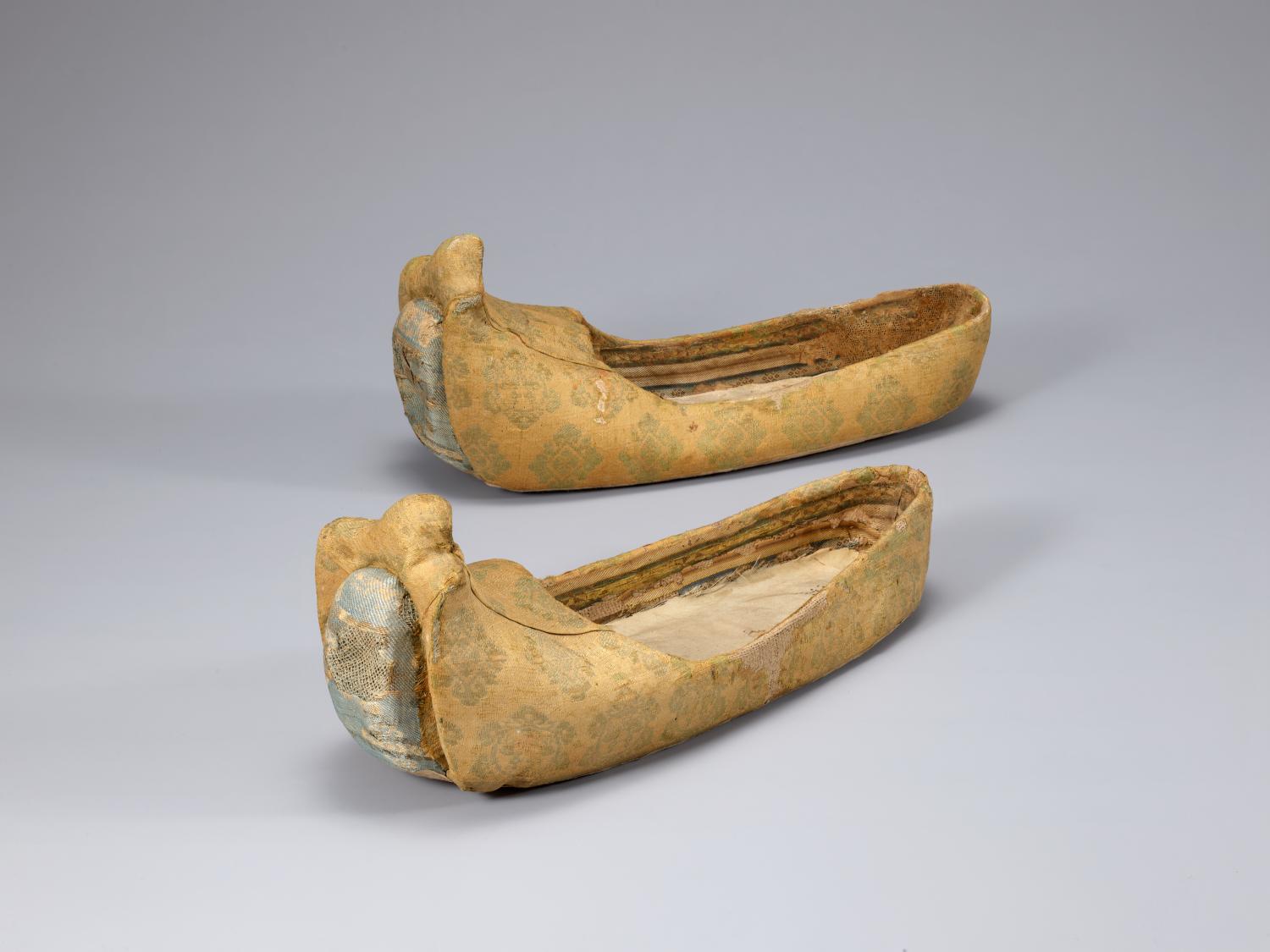
![[촉각전시물] 여인 대표이미지](https://cdn.museum.go.kr/attach_files/THUMB_H_20221110193713748_000.jpg)
![[촉각전시물] 사람 얼굴 조각 대표이미지](https://cdn.museum.go.kr/attach_files/THUMB_H_20221110193755445_000.jpg)